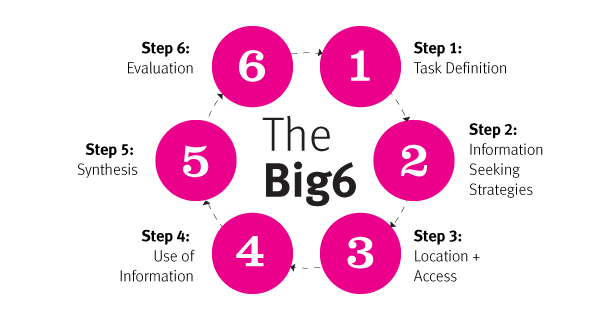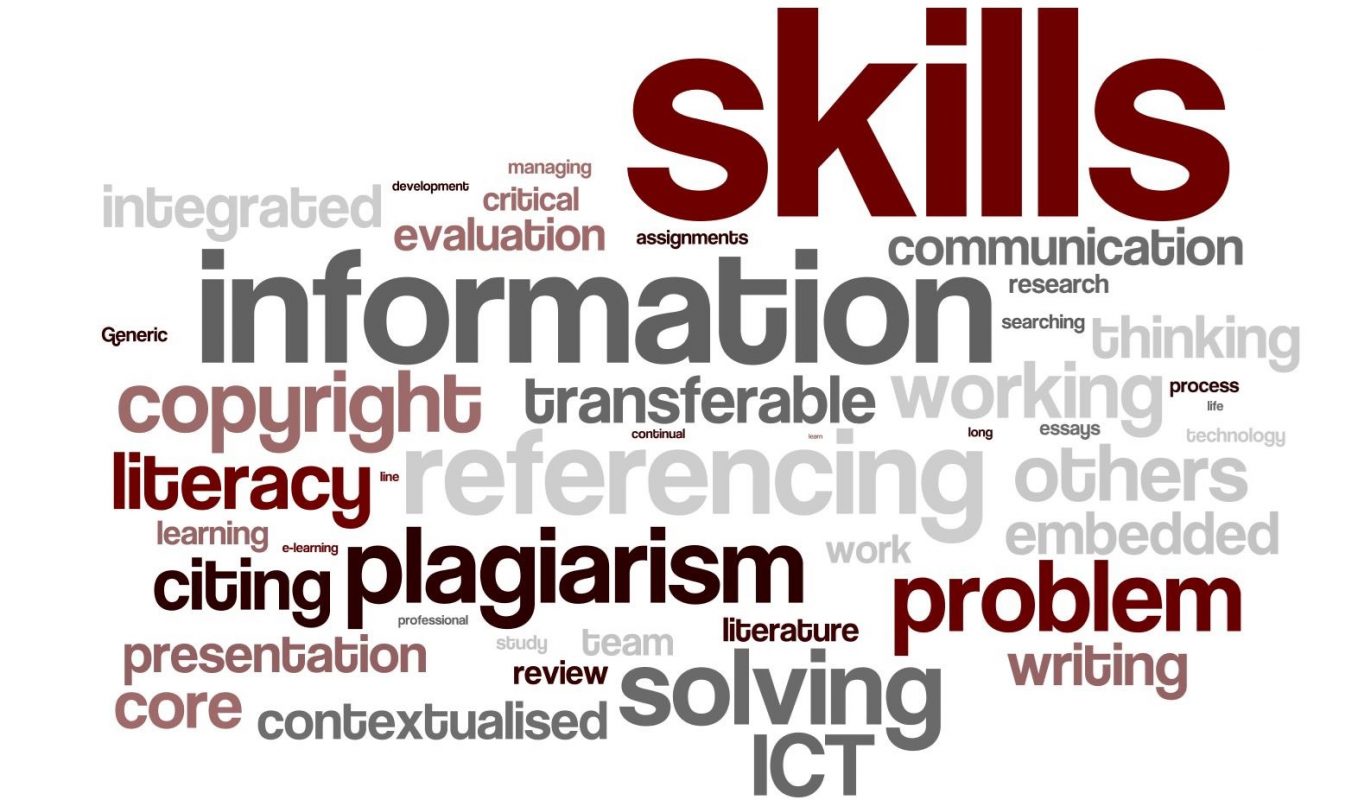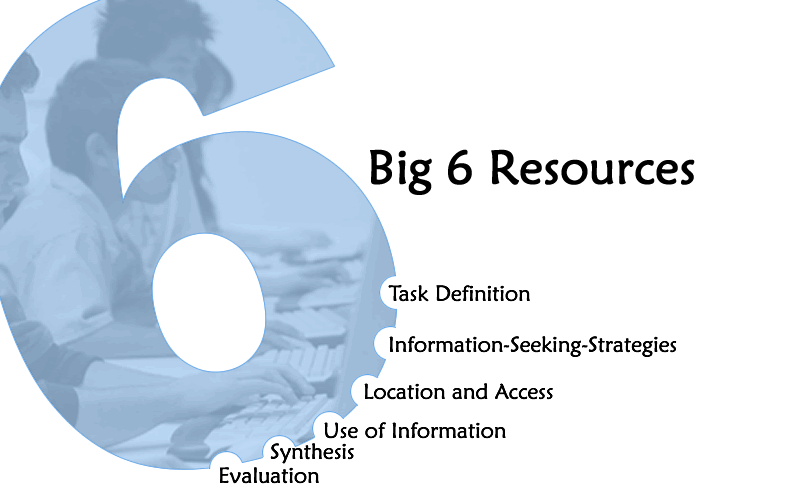The Big6™ is a process model for information problem-solving. It integrates information search and use skills along with technology tools in a systematic process to find, use, apply, and evaluate information for specific needs and tasks. The Big6 was developed by Mike Eisenberg and Bob Berkowitz and is the popular approach to teaching information and technology skills for schools and HEIs in the world.
Here is the summary of Big6 model using experience, considered as a framework for searching:

| Big6 | Tasks | Questions to ask yourself |
|
STEP 1: Task definition |
1. Define the problem 2. Identify the information need |
1. What does my teacher expect me to do? 2. Do I understand what I need to do? 3. What are the questions I need to answer? 4. What do I need to know about the topic? |
|
STEP 2: Information seeking strategies |
1. Identify all resources 2. Select the best resources |
1. Where can you start to look for information?· 2. Who can I talk too to get information? 3. What are the best sources to use? |
|
STEP 3: Location and Access |
1. Locate resources 2. Find information in resources |
1. Where can I find these resources? 2. How do I search to get to them? 3. Where do I find the information in the resource? |
|
STEP 4: Use of information |
1. Read, view information – decide which parts you want to use (and leave out) |
1. What type of information did I find? 2. Will the information answer the questions I have? 3. How do I write notes on the information? 4. Is the information reliable? |
|
STEP 5: Synthesis (Putting Puzzle together) |
1. Organize resources 2. Present the information |
1. How do I fit all the information together 2. How do I write an outline of the project? 3. How do I present the information to my teacher to answer the question? 4. Did I remember to make notes of all the sources for the bibliography? |
|
STEP 6: Evaluation |
1. Judge the product 2. Judge the process |
1. Did I solve the problem? 2. Did I write the project in a format that will be understood? 3. Will I do anything different the next time? 4. What did I learn? 5. Am I pleased with the project? |
More information can be retrieved from:



